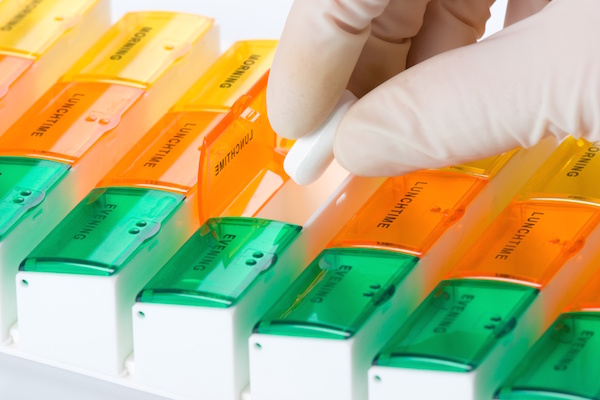
MONDAY, Dec. 19 (HealthDay News) — By the time they’re old enough to vote, roughly one in four Americans has had at least one criminal arrest.
By age 23, an estimated 33 percent — and perhaps as many as 41 percent of young adults — have been arrested at least once, excluding traffic violations.
The authors of a new study say their analysis is the first contemporary look at national arrest prevalence in this age group since landmark research in the 1960s.
“The percentages are not really all that different up to age 18,” said lead researcher Robert Brame. “The biggest differences are from 18 to the early 20s, and most occur in the 19-to-22 age range.”
Pediatricians have a role in preventing violent or unsafe behaviors in young at-risk patients, said Brame, a professor in the Criminal Justice and Criminology Department at the University of North Carolina at Charlotte.
“We don’t think that kids get arrested in isolation, we’re assuming that other issues are going on in their lives and we want pediatricians to be aware and try to understand and start a broader discussion about what’s going on in the lives of young people,” Brame said.
Dr. Paula Braverman, who chairs the Committee on Adolescence of the American Academy of Pediatrics, agreed.
“Pediatricians have an opportunity to identify risk factors that are associated with increased chances of involvement in behaviors that can lead to delinquency,” she said. Even during routine checkups or visits for medical issues, “we’re asking about school, what’s going on in the family. We’re asking about drug use and we’re screening for mood and mental health issues.”
Referrals might be for substance abuse services or mental health counseling, Braverman said. With child abuse or neglect, “we report to the appropriate authorities,” she said, but the doctor’s responsibility doesn’t end there. “We would facilitate referrals for appropriate treatment and support children through that.”
The new study appears online Dec. 12 and in the January 2012 print issue of Pediatrics. The researchers used National Longitudinal Survey of Youth data from 1997 to 2008 for 7,335 young people aged 8 to 23.
For 18-year olds, between 16 percent and 27 percent of youth will have at least one criminal arrest, results indicate, and by the time they reach 23, between 25 percent and 41 percent of young adults will have an arrest record.
Surveyors asked about arrests but not specific crimes. However, in 2009 arrest figures from the U.S. Office of Juvenile Justice and Delinquency Prevention, arson topped the list, followed by vandalism, disorderly conduct, robbery, burglary and car theft. The researchers said they would look at racial and gender issues in future research.
The study didn’t explain why arrest risk grew so much for young adults, but the authors suggested a couple of possibilities.
“The criminal justice system is more punitive today. In adult systems, in 1972 to 1973, there were 100 inmates per 100,000 people in the population. It’s an increase of about five times more today,” Brame said. “So we’re mindful of that.”
Another possible reason is that the transition from childhood to adulthood takes longer than it used to. “We speculate that society as a whole is going through a phase of extended adolescence,” Brame said. “The phenomenon has a name, ’emerging adulthood.'”
Braverman described protective factors for children, which include “having a resilient temperament and close relationships with family, teachers, and other supportive adults and peers; having a strong future orientation; and having beliefs and expectations that are associated with success in school and avoidance of substance abuse and involvement in crime.”
“Getting these kids to a pediatrician on a regular basis is probably the easiest concrete thing that parents can do,” Brame said. “And kids may tell pediatricians about issues and experiences that they don’t feel comfortable discussing with parents.”
The main message, he said, is “this is not rare, it’s happening a lot. Pediatricians can help.”
More information
Visit the U.S. Department of Justice to learn about juvenile delinquency prevention.

